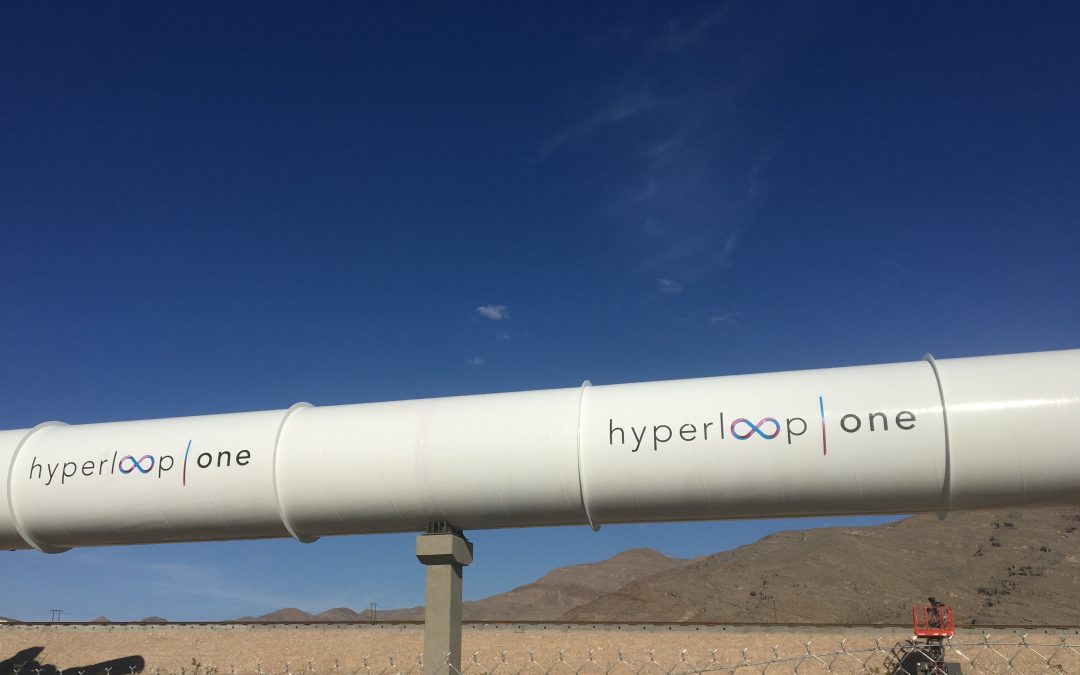The Hyperloop One Global Challenge is inviting entries in a competition to win the opportunity to work with Hyperloop on transforming passenger and cargo transportation. While commercial drone operators are working out the regulatory problems of operating package delivery systems in controlled airspace with mixed results, Hyperloop is building a transportation alternative that can travel over 700 MPH on the ground.
Entries are being solicited from groups who are interested in developing a transportation corridor utilizing the new technology, including public authorities, business, governments, academics, engineers and architects. Any of a group of possible stakeholders in the development and construction of a Hyperloop One network.
The highly energy efficient transportation units are planned to be smaller than conventional planes or trains, and to run at high frequency (as often as every 10 seconds). Design innovations include Hyperpods that significantly reduce drag by providing a near-vacuum environment that permits very high speeds, levitation to reduce friction, high-speed electromagnetic propulsion and innovative tubes in which units could operate.
<iframe width=”1311″ height=”737″ src=”https://www.youtube.com/embed/1e-Po9C8Kj8″ frameborder=”0″ allowfullscreen></iframe>
Hyperloop is still in nascent development stages, with no answers yet on how to secure rights-of-way for tube construction, or concrete answers on rider safety or comfort questions. In the last month initial testing of speed sleds was successful and hardware for tube construction has been fabricated for testing.
The potential of the technology is compelling enough that cities in Finland, the UK, the US and Moscow are pursuing feasibility studies. With potential speeds of 400+ MPH, the transit distances for practical commuting in major cities can be expanded to far outside city centers, offering some easing of congestion and density challenges. The mode also offers intriguing possibilities for cargo transport over long distances, which could enable economic integration amongst regions and across borders. Initiatives to develop new transportation solutions in Eurasia has been dubbed the new Silk Road and holds potential that could create new development opportunities throughout the region.


